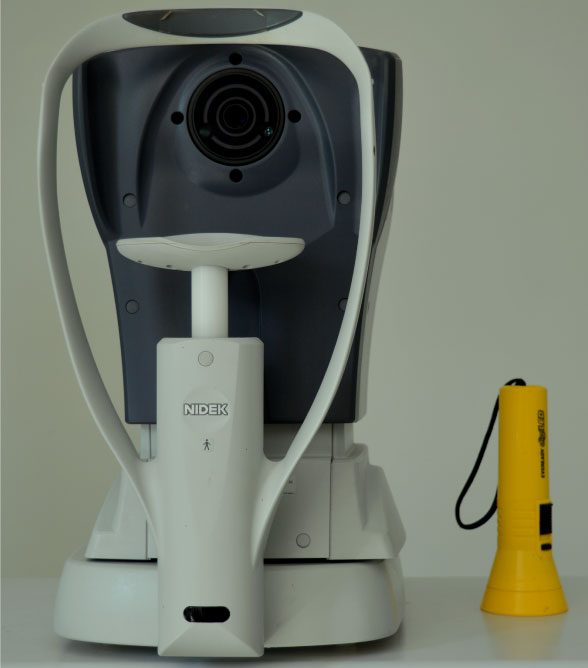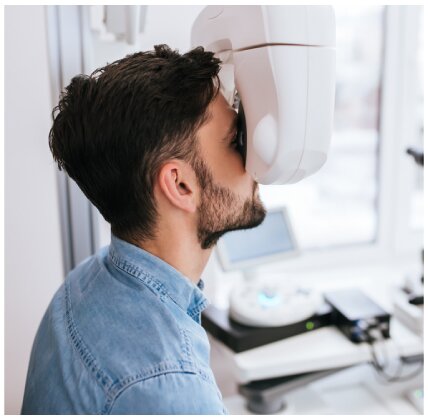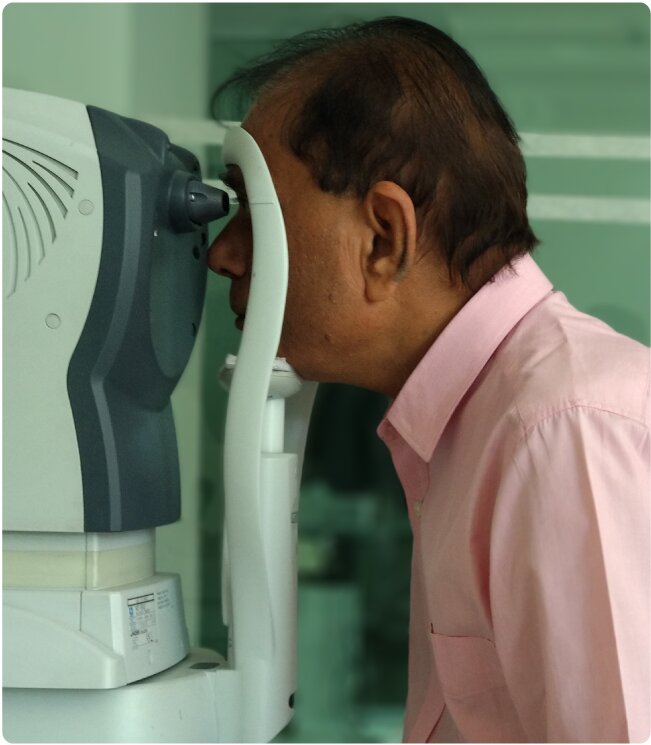Best Hospital for ICL in Ahmedabad



ICL (Implantable Contact Lens) surgery is a vision correction procedure to treat nearsightedness (myopia) and astigmatism conditions. This contact lens is an artificial lens which is surgically placed inside the eye. It is carefully implanted between the natural lens and the iris, which is the coloured part of the eye.

Unlike most of the laser refractive surgeries (LASIK and PRK) which treat the cornea on the outer portion of the eye, ICL(Implantable Contact Lens) surgery is intraocular surgery hence it is performed inside the sterile operating room to safeguard maximum safety.
As the lens is implanted inside the eye, it does not require daily cleaning or replacement like a regular contact lens.
ICL surgery has the benefit of delivering the capability of a clear vision with minimal discomfort and a quick recovery.
The Surgical procedure itself is done with plenty of medicine for numbness as well as sedation through an IV to make sure that the patients are comfortable during the entire duration of the surgery.
ICL surgery can eliminate your dependency on eyeglasses or contact lenses.
Usually, the ICL surgery takes about thirty minutes, and recovery is quick as well. The surgery procedure is also considered to be very safe, but it may also cause side effects like cataracts or vision loss in sporadic cases.
Your SRG Eye doctor can help you decide if ICL surgery is suitable for you. They’ll also consider and analyse various factors like your age, eye health, lifestyle and medical history.

What makes one a right candidate for ICL surgery?
- If your corneas are healthy.
- If your overall eye health is good.
- If any family history of specific corneal disease exists.
- If the individual is with active lifestyles and desires a quick recovery.
- Your overall prescription has to be analysed to confirm that it can safely be treated with ICL.
- If the individual is with slightly thin corneas or irregular corneas.
- Astigmatism and/or moderate to significantly higher amounts of nearsightedness (myopia).
- Usually, individuals who are over 21 years old, when vision is more likely to have stopped changing (stable), up to 45 years of age bracket.
- A proper stable eye prescription which has not changed significantly over the last year.
Where precisely will the ICL be placed?
Does the ICL surgery hurt?
What should I expect after the Lens Implantation?
It is of vital importance that you follow your eye surgeon’s post-operative instructions and attend the follow-up check-up appointments to help avoid any kind of complications. The ICL will stay in place by itself, and you will not feel the presence of ICL in your eye.
Most of the times, people experience improved vision immediately. Still, you should be prepared and expect your vision to be blurry or hazy with increased sensitivity to the light for an initial couple of days.
In some cases, it can take from two to four weeks before their vision gets stable.
One should be able to get back to work and start doing routine work (not heavy work) again in a couple of days after the procedure.
Would there be any risks in having ICL implantation?
But still, your SRG surgeon will make sure that you are given clear and easy to understand advice at the time of explaining any potential complications or issues with you and how these scenarios can be avoided.
Is the ICL going to be visible to others?
Am I going to feel the ICL once it's in place?
Is it possible to get the ICL removed from my eye?
What material is the ICL made up of?
Do I still need to wear Eyeglasses for near vision?
The ICL implant does not treat presbyopia which is the expected average loss of your eyes’ capability to see things clearly up close that changes with ageing and becomes easily noticeable in your early to mid-40s. Hence some people may need reading glasses.
